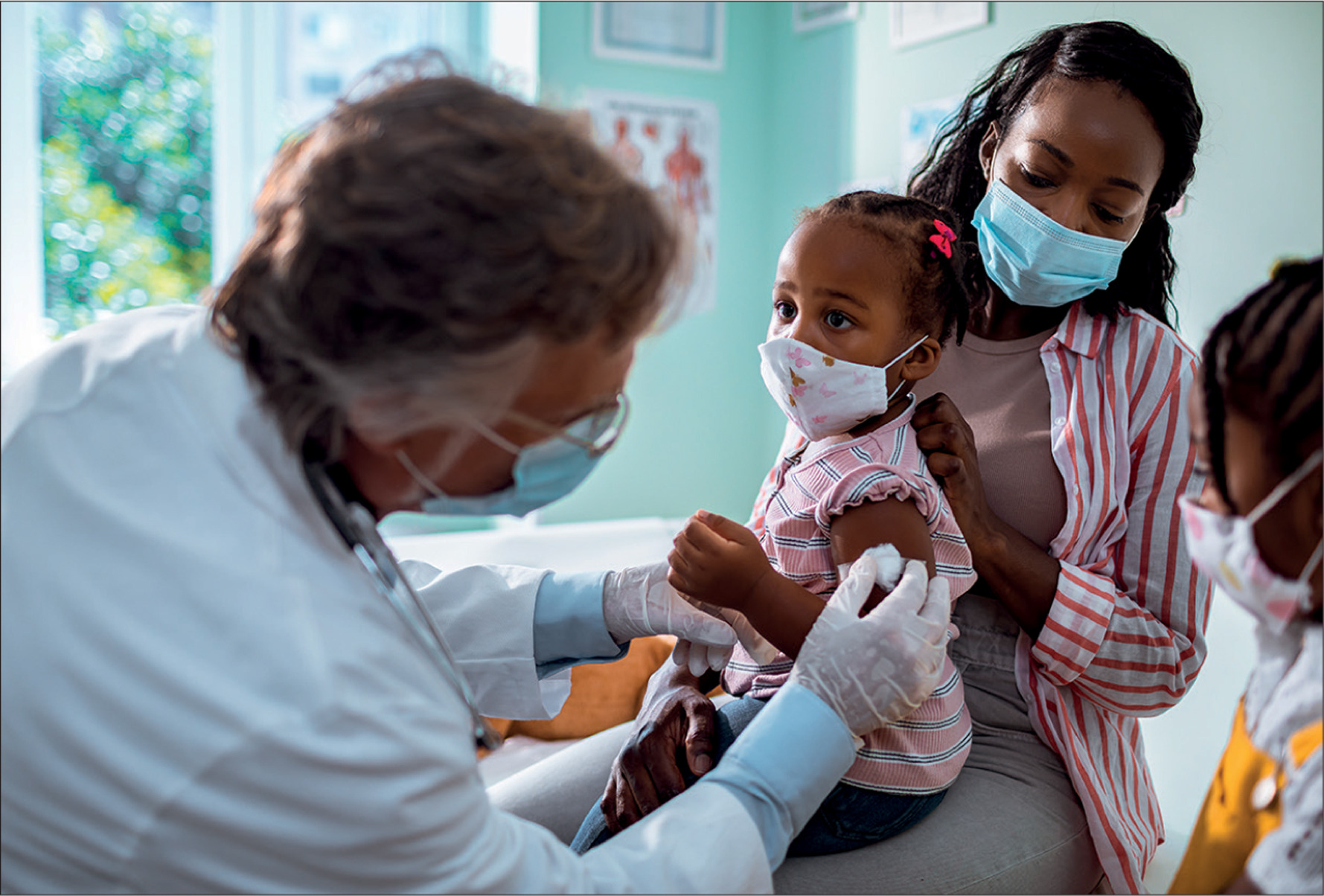The Kenya Medical Research Institute (KEMRI), in collaboration with the Japanese Nagasaki University, has developed a Biometric Immunisation System that uses digital technology to protect children’s lives.
On Friday, April 21, KEMRI revealed the inner workings of a digital-based immunisation system.
The Biometric Immunisation System’s purpose is to ensure that children under the age of five receive immunisations in a timely and effective manner.
The technology enables the measurement and analysis of biological factors such as fingerprints, facial features, and DNA to save vital vaccination records for a newborn.
Read also: Kenyan Govt. Creates Free Wi-Fi Hotspots, Other ICT Projects
Why KEMRI Designed the Biometric Immunisation System
Dr Nzou Muuo, a scientist at KEMRI, revealed that the digital immunisation method was developed after the agency detected a gap in Kenya’s vaccination procedure.
“We realised we didn’t have a way of tracking children, especially about their vaccination system and history,” says Dr. Muuo.
For newborn babies, fingerprint identification is used, while voice recognition is used for their carers. The information is subsequently stored in a matching system of a certain data bank.
The pilot experiment, on the other hand, is only being conducted on children under the age of five, and the government aims to implement it throughout the country gradually.
Dr. Muuo emphasised the importance of maintaining children’s health and well-being since vaccines assist them battle infections.
“Vaccination is a critical aspect of ensuring the health and well-being of children,” says the scientist. Vaccines can protect children from potentially fatal infections such as measles, polio, whooping cough, and others. Vaccines operate by stimulating the immune system to produce an immunological response against certain microorganisms, allowing the body to combat diseases.”
Furthermore, it was stated that parents of newborn babies should give their permission to use the new technology two months before the baby is born, as well as within the last few hours before the baby is delivered.
According to KEMRI researchers, it is better for children to have a series of vaccines while they are young, followed by booster doses at a later age, in order to keep immunity.
Simultaneously, the World Health Organisation (WHO) recommends that all children be immunised against measles, mumps, rubella (MMR), polio, and diphtheria, tetanus, and pertussis (DTaP).
Additional vaccinations include the Haemophilus influenzae type b (Hib) vaccine, the hepatitis B vaccine, the pneumococcal conjugate (PCV), and the rotavirus vaccine.
In addition to these vaccinations, a child may be encouraged to have others, depending on their specific health conditions or where they live.
According to the World Health Organisation (WHO), it is critical for parents to discuss immunisation with their children’s healthcare providers and ensure that their children have received all prescribed immunisations.
About The Kenya Medical Research Institute (KEMRI)
KEMRI is the Kenyan government’s medical research arm, and it advises the Ministry on different aspects of healthcare and delivery. National disease monitoring and fast response capabilities for major disease outbreaks (Cholera, Chikungunya Virus, H1N1 Flu, Yellow Fever, Rift Valley Fever, Ebola, Aflatoxicosis, and other illnesses).
In accordance with the requirements of the Constitution, KEMRI has developed a comprehensive framework within which the Institute has devolved its research activities and services through seven regional clusters that serve the forty-seven counties under the strategic pillar of health research in the context of devolution.
Support for the Emergency Care of Critically Ill Children (ETAT) guidelines in terms of technology and research. KEMRI offered technical assistance in the creation of National Guidelines for Cervical, Breast, and Prostate Cancer Prevention. In partnership with the Ministry of Health, they created a curriculum and guidelines for healthcare workers on biosafety and biosecurity.
